 Add My Company
Add My Company

In the realm of warehouse operations, safety measures are paramount to protect personnel from the myriad hazards presented by machinery and equipment. Machine guarding stands as a crucial component of these safety protocols, serving to shield workers from the dangers of moving parts, flying debris, and other potential risks. This article delves into the various types of machine guarding employed in warehouses, highlighting the benefits of each to ensure a safe and efficient working environment.
Fixed Guarding
Fixed guarding is the most straightforward type of machine guarding. It involves barriers that are permanently attached to machinery or equipment. These guards are designed to encase dangerous parts of machinery completely, preventing access during operation.
Benefits:
- Durability and Reliability: Fixed guards offer robust protection, being constructed from materials such as metal or hard plastics that withstand harsh warehouse conditions.
- Maintenance Free: Once installed, fixed guards require minimal maintenance, saving time and resources for warehouse operations.
- Cost-Effectiveness: Being a simple and permanent solution, fixed guarding is often the most cost-effective type of machine guarding for long-term use.
Interlocking Guards
Interlocking guards are designed to cut power to the machine when the guard is opened or removed, ensuring that access to the hazardous parts is only possible when the machine is safely powered down.
Benefits:
- Integrated Safety: Interlocking guards provide an additional layer of safety by directly linking the guard’s position to the machine’s operational state.
- Flexibility: They allow for easier access for maintenance and cleaning while ensuring safety when the machine is operational.
- Enhanced Safety Compliance: This type of guarding helps in complying with rigorous safety standards, as it prevents accidental start-ups during maintenance.
Adjustable Guards
Adjustable guards offer flexibility in guarding, as they can be adjusted to accommodate various sizes of stock or feed rates. This type is particularly beneficial for equipment that handles different sizes of materials.
Benefits:
- Versatility: Adjustable guards can be modified for different operations, making them ideal for multi-purpose machinery.
- Cost-Efficiency: By accommodating various operations, adjustable guards reduce the need for multiple specific guards, saving on costs.
- Enhanced Operator Convenience: Operators can adjust guards to suit specific tasks, improving efficiency without compromising safety.
Self-Adjusting Guards
Self-adjusting guards automatically adjust to accommodate the movement of materials into and out of the danger zone. They are often used in conjunction with circular saws, band saws, and similar equipment.
Benefits:
- Automatic Protection: These guards offer continuous protection without the need for manual adjustments, enhancing safety.
- Efficiency: Self-adjusting guards allow for high productivity as they adapt in real-time to different sizes of materials.
- Reduced Human Error: By automatically adjusting, these guards minimise the risk associated with manual adjustments and potential human error.
Light Curtains
Light curtains are an advanced form of machine guarding that uses beams of light to detect when an object or person breaches a predetermined boundary, automatically shutting down the machinery.
Benefits:
- Non-Intrusive Protection: Light curtains provide effective protection without physical barriers, allowing for easy access when the machinery is not in operation.
- Flexibility and Adaptability: They can be easily adjusted to different sizes and shapes of hazardous areas.
- Immediate Response: Light curtains offer an instantaneous reaction to breaches, rapidly shutting down machinery to prevent accidents.
Safety Mats
Safety mats are placed around dangerous machinery, and when pressure is applied (such as by someone stepping on them), the machinery automatically shuts down.
Benefits:
- Passive Safety: Safety mats provide a passive safety mechanism that requires no active intervention from the operator.
- Simple Implementation: These mats are easy to install and can be customised to fit various areas around machinery.
- Versatile Application: Safety mats can be used in a wide range of environments, protecting against numerous hazards.
Two-Hand Control Devices
Two-hand control devices require operators to use both hands to operate machinery, ensuring that hands are kept away from dangerous parts during operation.
Benefits:
- Enhanced Operator Safety: This method guarantees that the operator’s hands are occupied and away from hazardous areas.
- Prevention of Accidental Operation: By requiring both hands, these devices significantly reduce the risk of accidental machine activation.
- Ergonomic Design: Many two-hand control devices are designed with ergonomics in mind, reducing operator fatigue and increasing comfort.
In conclusion, the selection of machine guarding in a warehouse setting depends on various factors, including the type of machinery, the specific hazards involved, and the operational requirements. Each type of guarding offers distinct benefits, from the robust and reliable protection of fixed guarding to the advanced safety features of light curtains and safety mats. By carefully considering the advantages of each guarding method, warehouse managers can ensure not only compliance with safety regulations but also the well-being of their personnel, ultimately fostering a safer, more productive working environment.
For more information on Comparing Different Types of Machine Guarding in Warehouses talk to Billington Safety Systems Ltd

